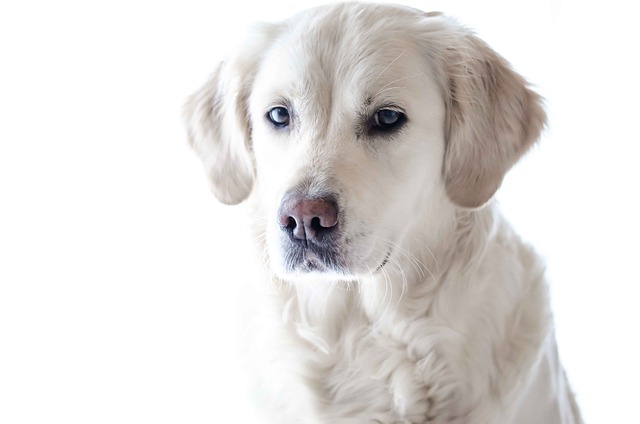
How do i train my dog to be obedient?
Watching your dog dart across the park ignoring your calls isn’t just frustrating—it can put them at risk near busy streets or public spaces.
What is a reasonable age for a puppy to be potty trained? A first-time dog parent in Philadelphia texted me last week, panicking: “My 14-week-old dachshund still pees on the rug. Is she being stubborn? My coworker’s lab was ‘perfect’ by 3 months.” If you’ve found yourself Googling this at 2 a.m. while holding a roll of paper towels, take a breath. There’s no magic number, but understanding your puppy’s biology and setting realistic expectations will save you both a lot of stress.
Let’s start with the science of tiny bladders. A newborn puppy’s bladder is roughly the size of a marble—they can’t control when they go, relying on their mom to stimulate elimination. By 8–10 weeks, when most puppies join their new homes, that bladder grows to a ping-pong ball, letting them hold it for 1–2 hours at best. Around 12–16 weeks, their bladder muscles start to strengthen, stretching that time to 3–4 hours. By 6 months? Many can go 6–8 hours during the day, though overnight might still mean a 3 a.m. trip outside—their bodies aren’t wired to sleep through without a bathroom break, just like a toddler. It’s not about “training speed”; it’s about physical development.
So how do you nudge progress along? Consistency beats everything. The second your puppy wakes up, after meals, naps, playtime, and 10 minutes after drinking water—grab their leash. Head to the same spot (a patch of grass, a balcony with pee pads) and say a simple cue like “go potty.” When they go, cheer like they just won a trophy: “Yes! Good potty!” and offer a tiny treat (freeze-dried liver works wonders). My neighbor in a Miami apartment swears by her “timer system”: she sets alarms every 2 hours, even if her maltipoo doesn’t seem to need it. By 5 months, he’s scratching at the door when he needs to go—no more midnight cleanup.

But here’s the catch: punishment derails progress. Yelling, tapping their nose, or rubbing their face in accidents (please, never do that) teaches them to hide—under the bed, behind the couch—instead of learning where to go. A 2022 study in Veterinary Behavior found puppies trained with treats and praise mastered potty training 3 weeks faster than those scolded. They don’t “misbehave”—they just haven’t learned yet.
Now, let’s tie this to community norms. Legally, your puppy needs current rabies vaccines (required in every U.S. state) before you take them to public spaces—no exceptions. Until they’re fully vaccinated (around 16 weeks), stick to your yard or a quiet, low-traffic spot to avoid parvovirus, spread through feces. Always carry extra poop bags—fines for leaving waste hit $250 in cities like Seattle, and it’s just good manners. In apartments, stick to daytime potty runs—7 a.m. is fine, but 5 a.m. yelping while you rush to the elevator might earn a note from the HOA.
Remember: “fully trained” doesn’t mean zero accidents. Stress (a new guest), illness, or a missed potty break can throw them off—even at 8 months. My own shelter mutt, now 2, had a regression when we moved. A week of strict schedules and extra treats, and she was back on track.
So what’s reasonable? Most puppies show consistent success between 4–6 months, with full mastery by 8–12 months. If your pup takes longer? Breathe. They’re not stubborn—they’re just growing up, one tiny bladder at a time.

Watching your dog dart across the park ignoring your calls isn’t just frustrating—it can put them at risk near busy streets or public spaces.

New puppy owners often find themselves rushing to clean up accidents before they set in, and that’s where puppy pad training becomes a game-changer.

If you've noticed your dog's waistline disappearing and your veterinarian has mentioned those few extra pounds, your first instinct might be to simply reduce the amount of food in their bowl.

Training a dog to use a designated spot indoors isn’t as daunting as many new owners fear, but it does take consistency and an understanding of your pet’s needs.

That moment of dread on a walk is all too familiar for many new dog owners. You see another dog approaching down the sidewalk of your neighborhood

If the sight of another dog on your neighborhood walk makes your heart sink as your own dog erupts into a frenzy of barking and lunging, you're not alone.